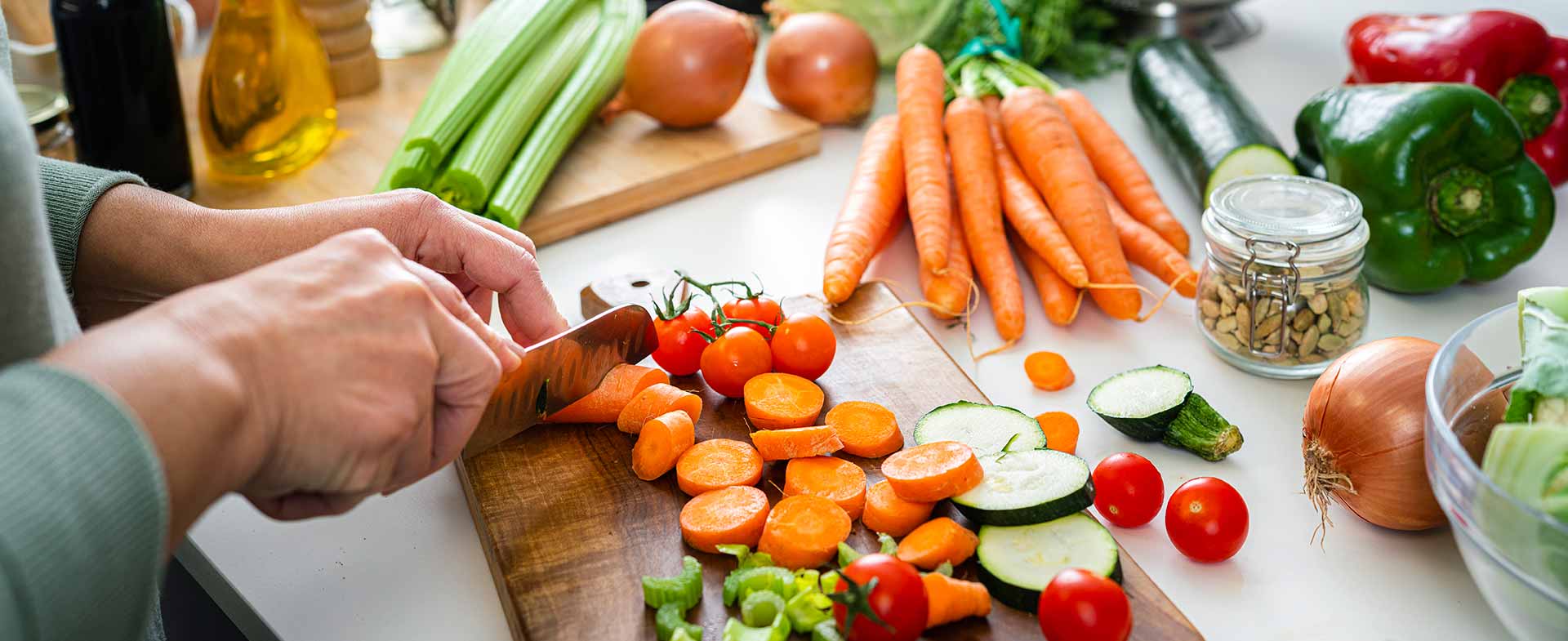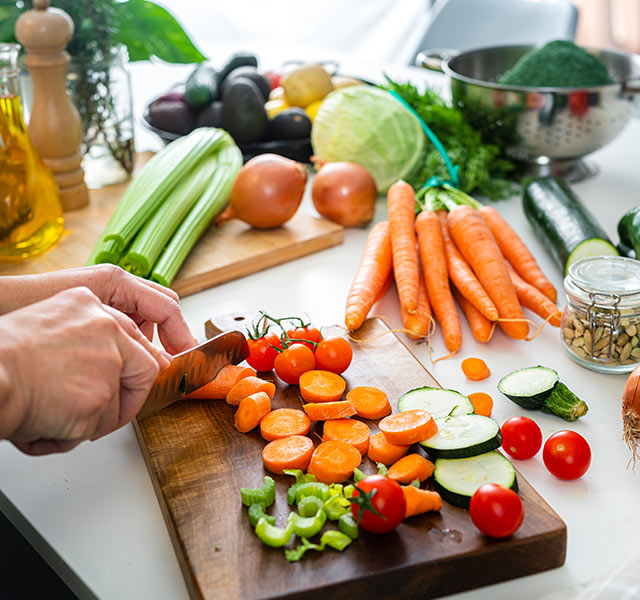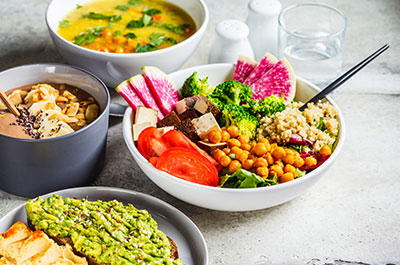If you have high blood pressure, you probably already know you have an increased risk of heart disease and stroke. Fortunately, blood pressure levels aren’t set in stone, even if you’re genetically predisposed (meaning hypertension, or elevated blood pressure, runs in your family). In fact, blood pressure is one heart disease marker that’s thankfully flexible, according to Natalie Watha, a registered dietitian with the Henry Ford Heart & Vascular Institute.
Healthy Eating For A Healthy Heart
What you eat, how much you exercise and how much stress you have in your life all combine to determine whether your blood pressure levels fall or rise. And while you can’t munch on certain foods and expect your blood pressure to drop right away, you can follow specific eating patterns that are proven to help stop hypertension.
“Most nutrition research today points toward specific eating patterns that lower blood pressure rather than individual foods,” says Watha, who cites the DASH (Dietary Approaches to Stop Hypertension) diet as an example. "Similarly, the Meditierranean diet has been studied to prove its positive impact on overall cardiovascular health. When combined with a reduction in sodium intake and regular physical activity, both dietary patters can contribute signifcantly to improved heart health and blood pressure management."
Here, Watha provides six recommendations for a blood pressure-friendly diet:
1. Load up on fruits and vegetables.
Countless studies show that loading up on fruits and veggies protects against the nation’s top killers: cancer, heart disease, diabetes and stroke. These nutrient-rich gems are loaded with antioxidant and anti-inflammatory compounds, which help boost the body’s natural defense system and protect cells from damage. To get the most nutrient bang out of your produce, be sure to choose a rainbow of colors, suggests Watha, since each color represents a different mix of beneficial plant nutrients. In addition, fruits and vegetables are natural sources of potassium, which is crucial for managing blood pressure. Beets, berries, spinach, tomatoes and bananas are great examples of potassium-rich foods. Try to make half your plate fruits and vegetables to ensure adequate intake.
2. Eat more whole grains.
Packed with fiber, whole grains not only help keep cravings in check, they also amp up the flavor in your favorite recipes. In fact, research shows that eating a diet rich in whole grains (such as quinoa and other ancient grains, oatmeal and brown rice) helps fend off heart disease, high blood pressure, diabetes and some forms of cancer. That’s because they’re rich in vitamins, minerals and disease-fighting plant chemicals like phytosterols (which help reduce cholesterol levels), lignans (which keep blood sugar levels in check) and antioxidants (which help protect against cancer). What’s more, some of these nutrients can’t be found anywhere else. Look for food labels that say 100% whole grain or whole wheat and steer clear of anything that lists wheat flour or white flour as its first ingredient.
3. Limit saturated and trans fats.

Full fat dairy products, stick margarine and butter, palm oils, and other sources of animal fats are often high in saturated fat, a type of fat that may contribute to increased LDL (bad cholesterol) levels. The key here is checking labels. Look for products with less than three grams of saturated fat per serving and no trans fat.
4. Select lean protein.
Protein is the building block of all muscles and tissues. Trouble is, diets high in protein from animal sources also tend to be high in saturated fat – and that’s a huge risk for your heart. So, keeping portions small and choosing lean protein (like skinless chicken, turkey and fish) are key. Buying beef? Look for the words “loin” or “round” in the name to ensure you’re getting a leaner cut. And whenever possible, opt for fish. Fish contains just small amounts of artery-clogging fat, and it’s full of vitamins, minerals and heart-healthy omega-3 fats.
5. Limit sodium.
One of the most important things you can do to keep blood pressure levels in check is to limit the amount of salt/sodium you take in. In keeping with recommendations for heart-healthy living, Watha suggests limiting sodium to no more than 2,300 mg per day (the amount in 1 teaspoon of salt). For older adults and inidviduals with high blood pressure, stick to consuming less that 1,500 mg of sodium per day. Unfortunately, that can be a tall order, even if you stay away from the saltshaker. Packaged and processed foods can be loaded with sodium. For example, just 1 whole dill pickle may contain 500 to 800 mg of sodium. Reading labels and ingredient lists can help you avoid the obvious offenders.
6. Eat heart-healthy fats.
Replacing saturated fats with heart-healthy fats can reduce plaque buildup, which can lower your risk for heart attack and stroke. Heart healthy fats include polyunsaturated, monounsaturated fats and omega-3 fatty acids. Omega-3 fatty acids have anti-inflammatory properties that help reduce blood pressure and improve elasticity of blood vessels, which promotes optimal blood flow. Omega-3 rich foods include salmon, tuna, flax seed oil, ground flax seed, chia seeds and walnuts.
Additionally, Watha stresses that diet isn't the only component essential to managing your blood pressure. Getting regular exercise, managing stress levels and staying hydrated all play a part in your blood pressure management and overall health.
Still having trouble reducing your blood pressure? Don’t hesitate to recruit your doctor or a registered dietitian for assistance. Sometimes medication is necessary to help nudge levels downward. It doesn’t mean you’ve failed. It just means you need a stronger weapon in your arsenal.
Reviewed by Natalie Watha, RDN, a registered dietitian for Preventive Cardiology and the Clincal Weight Manaqement Program at Henry Ford Health.



